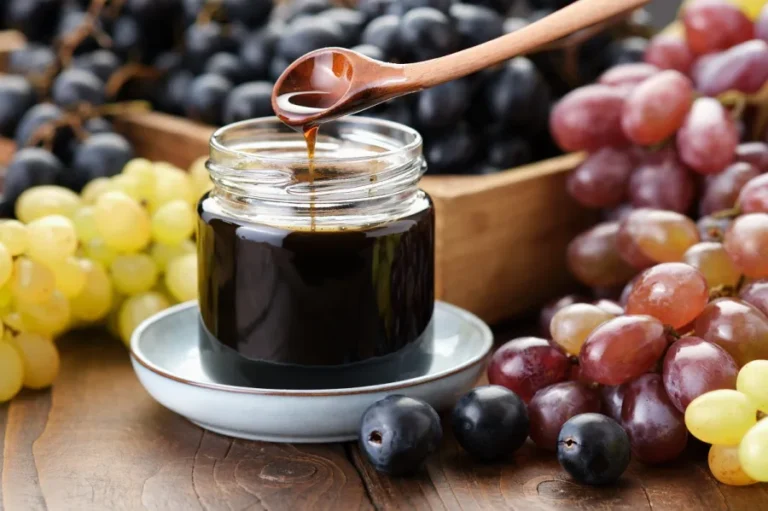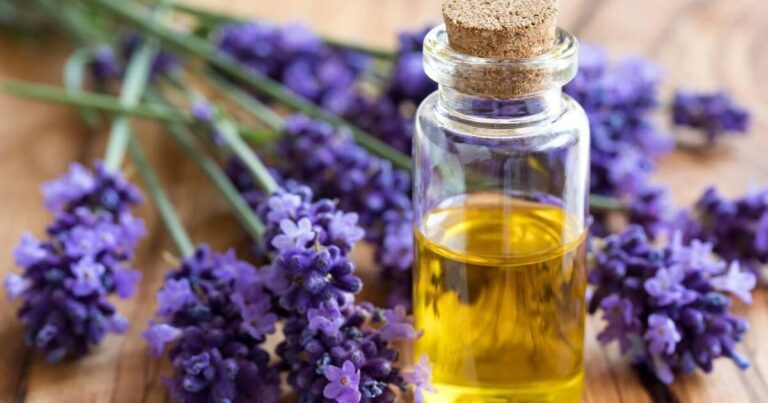Horticultural Food Plants in Traditional Herbal Medicine in the Mediterranean Basin: A Review
The Mediterranean Basin’s diverse climates and ecosystems have shaped a rich botanical heritage through centuries of selective cultivation, resulting in a wide array of horticultural plants with valuable therapeutic properties. The use of horticultural food plants as herbal remedies has become an integral part of traditional medicine in this geographical context. The present review aims…



